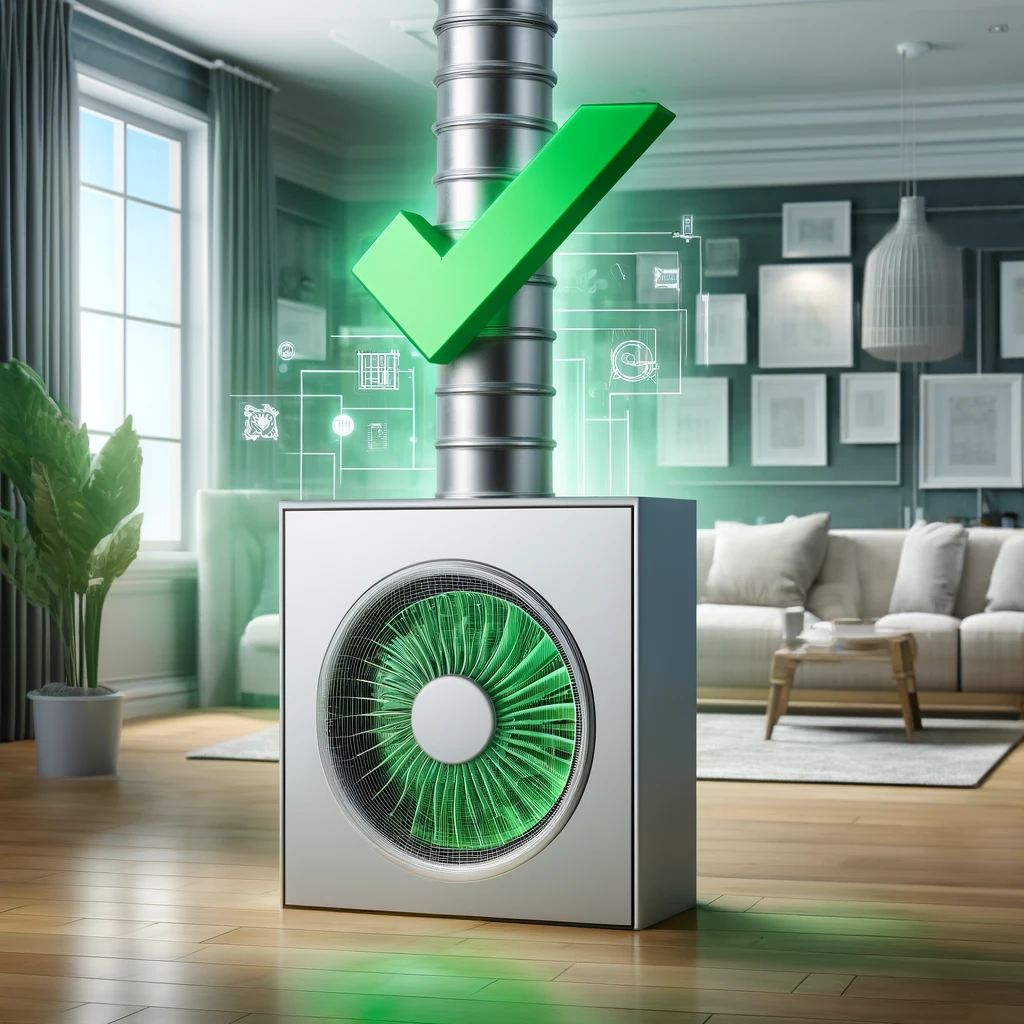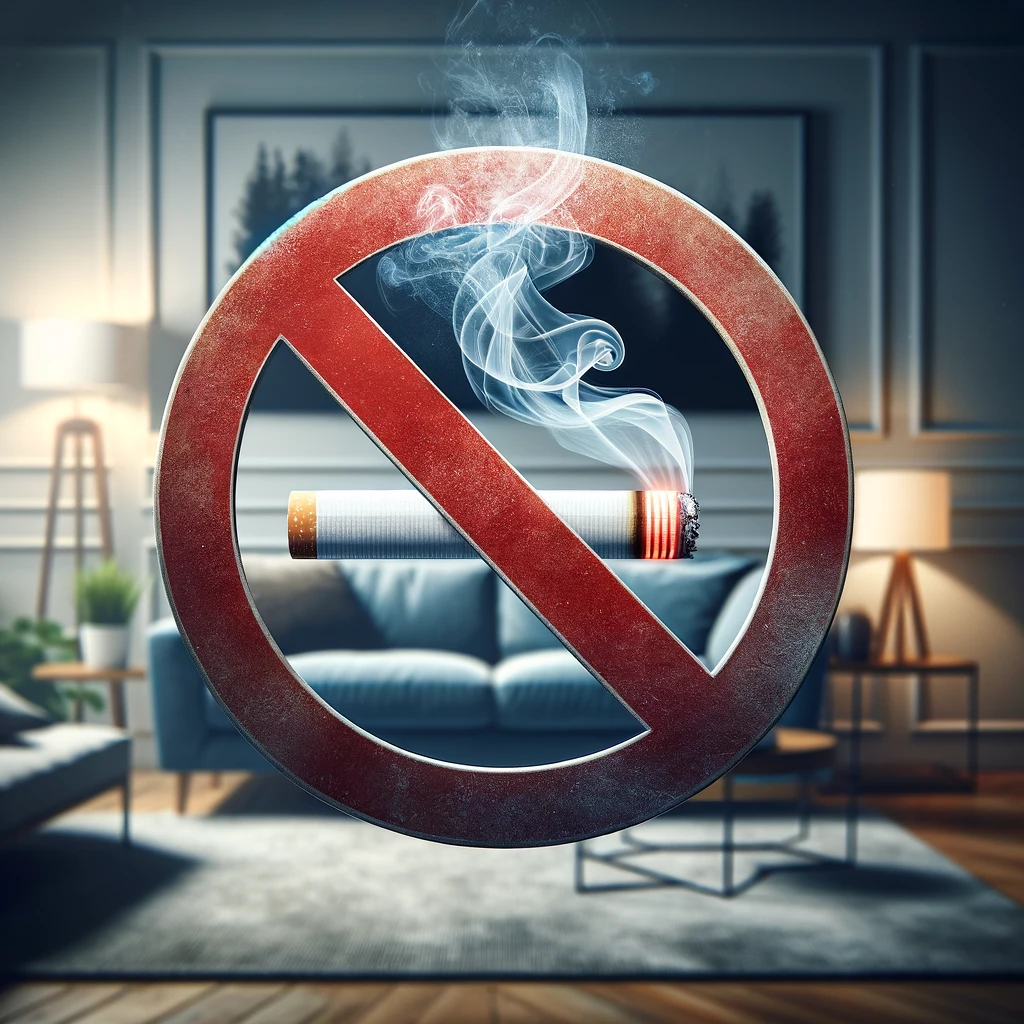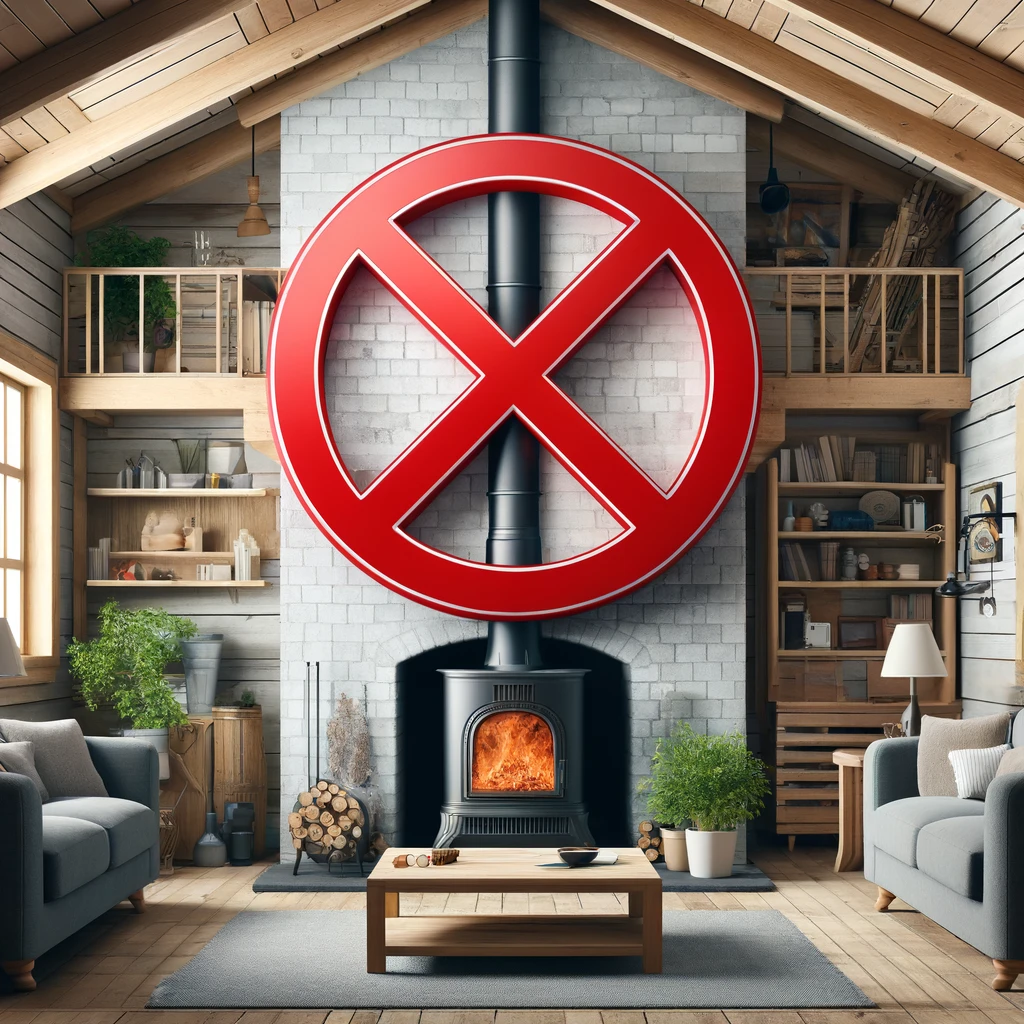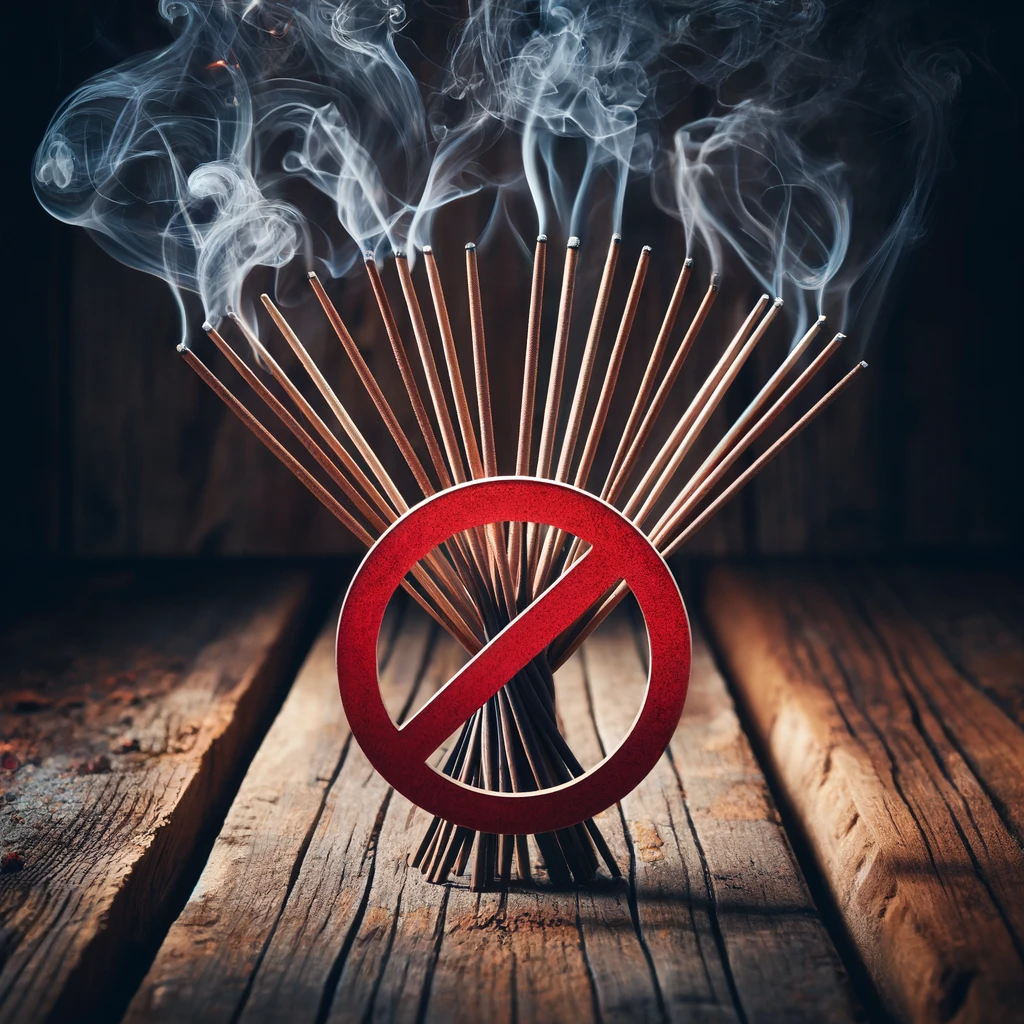Tips for Better Indoor Air Quality

Measuring Air Quality
It's essential to regularly monitor indoor air quality for a healthy home.
Buy an Air Quality Monitor
Open the Windows
Daily ventilation helps renew indoor air and reduce indoor pollutant concentration.

Dust Regularly
Eliminate accumulated dust to maintain a clean environment and reduce allergens.

Install an Air Exchanger
An air exchanger is crucial to ensure constant air renewal and filtration.

Cook with Steam
Steam cooking at low temperatures is a gentle cooking method that preserves food's nutritional qualities and contributes to better indoor air quality.

Effects of Smoking on Indoor Air
Tobacco smoke is a major indoor air pollutant; avoid smoking indoors.

Reduce Air Pollution in the Kitchen
Avoid overcooking food to reduce harmful airborne pollutants and odors.

Use of Wood Stoves and Air Quality
Use wood stoves outdoors to avoid indoor air pollution.

Avoid Installing Carpets
Choosing hard floors instead of carpets can significantly improve indoor air quality. Carpets can accumulate allergens and dust, posing a health risk, especially for people with allergies or asthma.

Impact of Candles on Indoor Air Quality
Avoid burning candles to maintain clean and healthy indoor air

Do Not Burn Incense
Although often used for its pleasant fragrance and relaxing properties, incense can release fine particles and volatile organic compounds that pollute indoor space.




